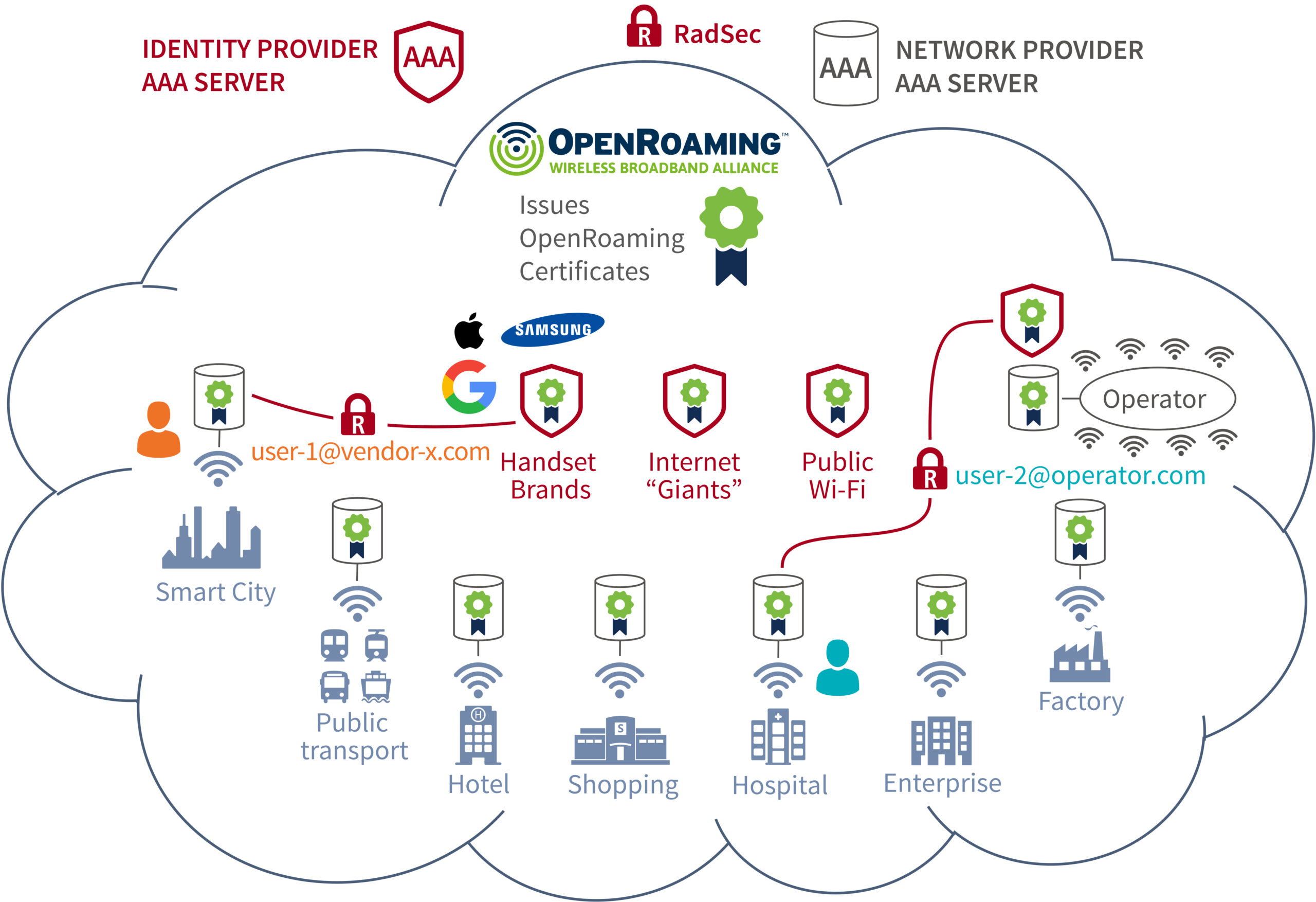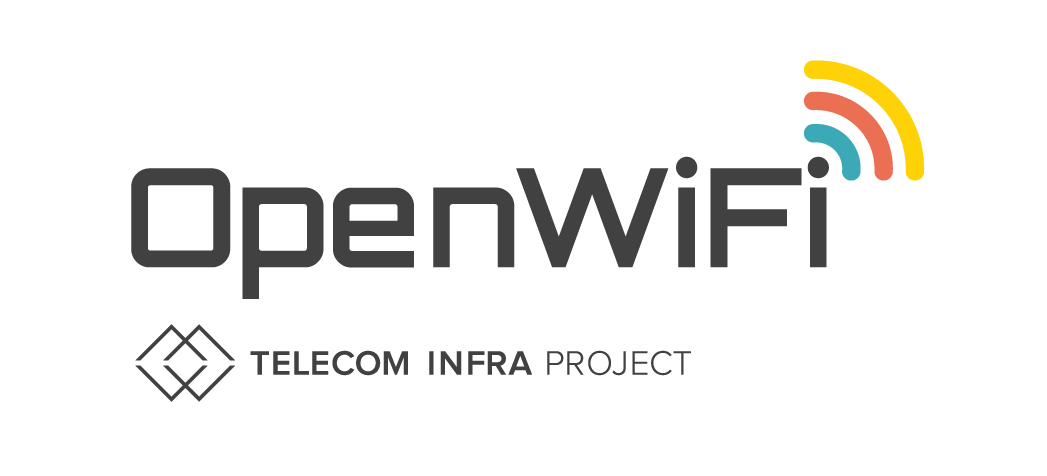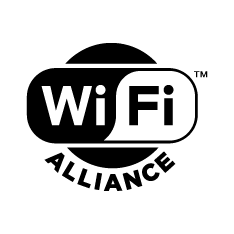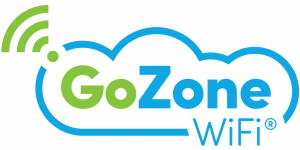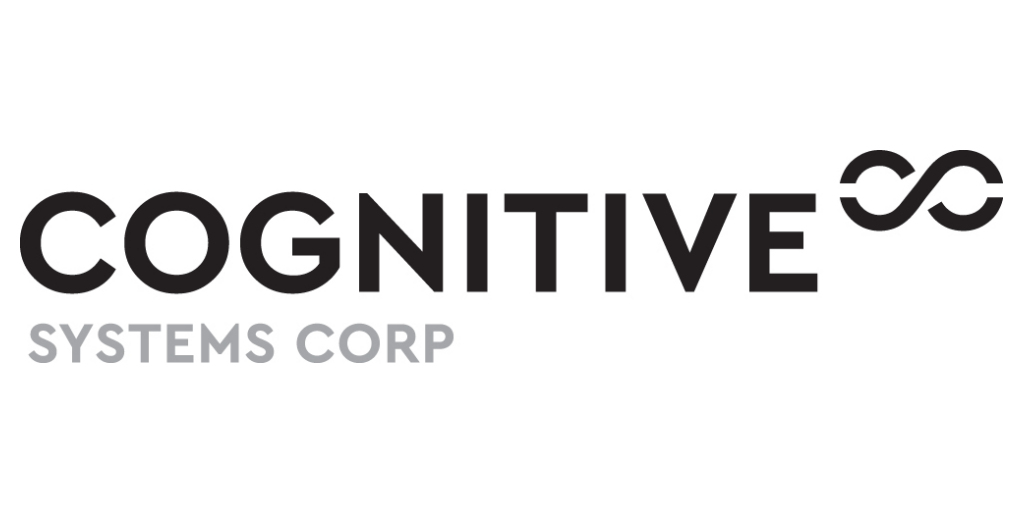About
World Cinema designs updated, retrofit infrastructure for boutique hotels. In addition to improving guest connectivity, WCI designs technology systems to support smart devices like cloud-based common area cameras and automated HVAC systems. Thoughtful technology delivers personalized experiences to accentuate the charm and eclectic personality of boutique hotels.
Additionally, our support team works with each property’s continued development and operation, designing customized, future-proof solutions to ensure the network is a buildable foundation for new technologies like Web 3.0, Wi-Fi 7, and 5G. The ImpruviX solution is a cost-effective, long-term technology partnership. Our technology is designed to be adapted and built upon to grow in tandem with each property, working together to adjust to any future needs that may arise.
Extreme Personalized Technology
Boutique hotels use intuitive personalization to create a carefully curated experience for each guest. To complement these efforts, boutique hotels need to partner with a technology partner that specializes in customized retrofit infrastructure solutions. ImpruviX by World Cinema advances boutique hotels, bringing intuitive solutions for each property’s unique needs. These solutions include an invisible fiber deployment, in-building broadband backhaul that penetrates through walls, Fiber to the Room (FTTR), and more. Our solutions have minimal guest interruption and require little to no downtime.

At World Cinema, we believe the history and culture of boutique hotels are an important part of their charm. It is important that retrofit infrastructure solutions enhance that legacy, rather than replace it. The ImpruviX solution prioritizes each property’s structural and aesthetic integrity, upgrading antiquated systems with cabling and wire design. Our team personalizes the network design process to highlight the individuality of each boutique hotel.
Customization is Key
Firstly, our team of specialized technology engineers carefully surveys each site, reviewing the cabling specifics and electrical as-built drawings to explore the existing technology structure. Then, we work alongside property owners and managers to create a customized connectivity solution for the property. Just as boutique hotels provide one-of-a-kind experiences, the ImpruviX retrofit infrastructure solution is built from the ground up for each building’s specific set of needs.
Technology Drives the Guest Experience
The ImpruviX solution supports boutique hotels in their digital transformation process by creating a connectivity solution with minimal impact on the property’s unique aesthetic. Providing secure, reliable internet access is an essential amenity for today’s guests, and the need for connectivity will continue to grow.
Guest-Centered Innovation
World Cinema’s industry knowledge fuels our design process, and we make network solutions that can grow to support new systems to improve the guest experience. Today’s hotel technology extends beyond the guests’ personal devices to contain property management systems (PMS) and customer relationship management tools (CRM). Furthermore, these advancements offer staff additional time to provide exceptional guest experiences. Thoughtful customization relies on careful documentation and the tools that store that data need a reliable network infrastructure.

Property-Wide Support
Additionally, the ImpruviX solution includes digital signage and common area cameras with cloud-based video systems in addition to Wi-Fi. Today’s internal communication devices require a strong, connected network to ensure staff and guest safety. Hotels updated infrastructure to support the growing number of connected devices that contribute to guest and employee experiences. While the ImpruviX Common Area Camera System is fully agnostic, we predict cloud-based cameras will continue to grow in influence to improve safety and remote monitoring. Cloud-based technology relies on an updated connectivity network capable of storing data and communicating with little to no latency.

Scalable Technology
Antiquated cabling systems are incompatible with today’s technology, and they will continue to lose effectiveness as our needs evolve. To stay competitive, boutique hotels need to use scalable infrastructure to support growing connectivity needs. Our networking solutions bring minimal interference and disruption to daily operations. We support boutique hotels in doing what they do best: serve guests with exceptional, personalized service.
To learn more about our infrastructure solutions and the updating process, please visit https://www.wcitv.com


